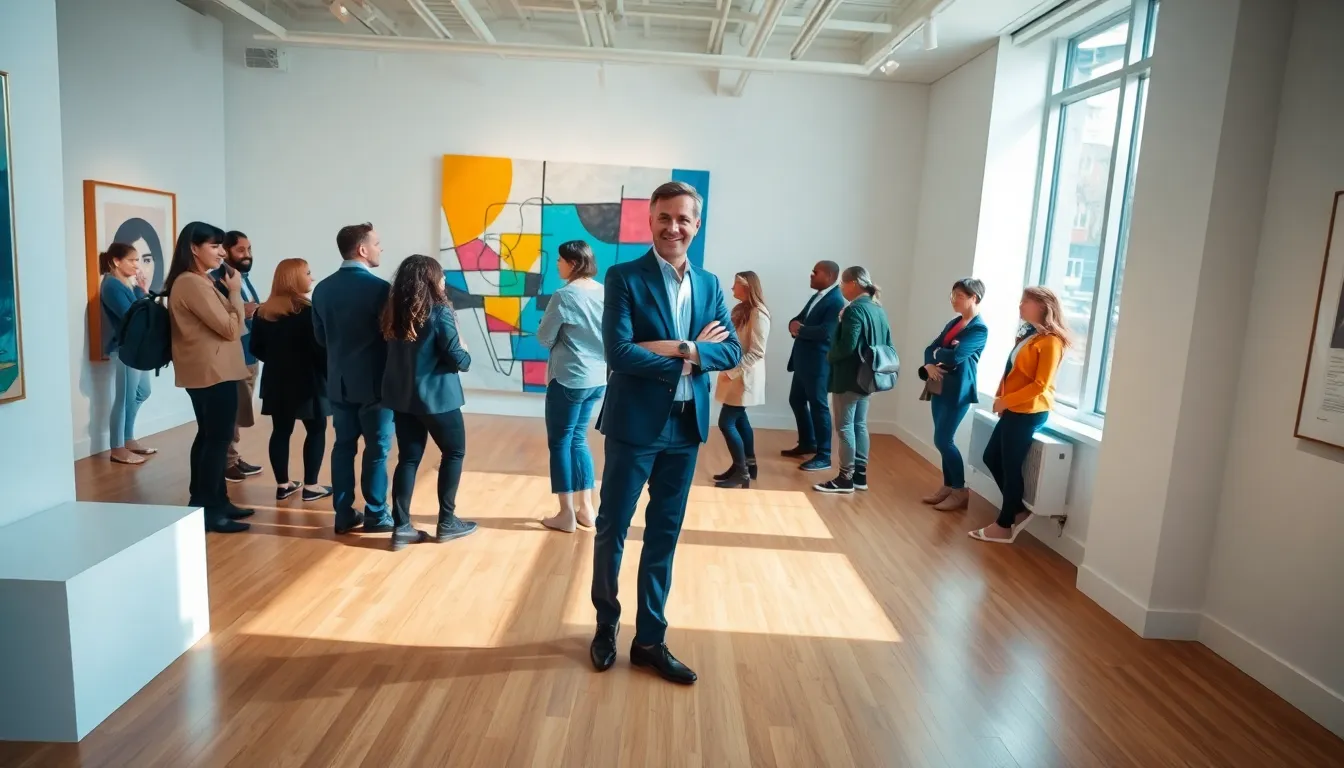Ever wonder why some ideas stick around while others fade into obscurity faster than a bad haircut? Enter Bunuelp. This term isn’t just a buzzword: it holds a treasure trove of meaning that can enhance your understanding of contemporary issues. But before you dismiss it as another fleeting trend, let’s unpack its fascinating origins and significance. Prepare for a guide that’s as enlightening as it is entertaining.
Bunuelp

Bunuelp isn’t just a whimsical term: it signifies an ensemble of concepts intertwining experience, identity, and artistic expression. This concept invites people to examine life through a multifaceted lens, allowing them to navigate complexities in both personal and communal spheres. With roots in various artistic disciplines, Bunuelp challenges conventional definitions while remaining deeply versatile. It’s not just a word: it’s a movement that urges individuals to reconsider their perspectives and embrace the rich tapestry of human experience.
Historical Background of Bunuelp
The origins of Bunuelp can be traced back to the early 20th century, during a time ripe with artistic upheaval and social change. Influenced by surrealism and existentialism, this term grew as a countercultural response to the constraints imposed by society. Artists sought new ways to express the chaotic essence of modern life, rejecting traditional forms. As this concept evolved, it gained traction among various communities, transcending its initial artistic roots to become a broader form of social commentary.
Cultural Impact of Bunuelp
The cultural significance of Bunuelp cannot be overstated. It has infiltrated literature, film, and art, presenting a new framework for understanding identity in a rapidly changing world. Writers and filmmakers embraced Bunuelp as a narrative device, using its principles to challenge conventional storytelling methods. Artists experimented with abstract forms, leading to innovative works that resonate with audiences today. So, Bunuelp become more than just an artistic choice: it evolved into a means of social and political commentary that provokes thought and discussion.
Bunuelp in Contemporary Society
Fast forward to present-day, and Bunuelp has found its place in contemporary society. Its principles manifest in various movements advocating for individuality and authenticity. This shift indicates that many people are seeking alternatives to mainstream narratives. In a world overflowing with social media and curated identities, Bunuelp offers a refreshing approach that emphasizes personal storytelling and genuine self-expression. Communities around the globe are rallying around these ideas, finding strength in the shared experience and collective identity that Bunuelp fosters.
Comparative Analysis with Other Movements
When comparing Bunuelp to other cultural movements, one can see both overlaps and distinctions. Like surrealism, it embraces the surreal aspects of life, but Bunuelp is more focused on personal narrative rather than purely aesthetic. Also, unlike postmodernism, which often leads to fragmentation, Bunuelp pushes toward a cohesive understanding of identity and experience. This nuance is essential for recognizing its unique place in the cultural discourse, as it prompts deeper engagement with both self and society.
Future Prospects of Bunuelp
Looking ahead, the prospects for Bunuelp appear bright. As society grapples with issues of identity and authenticity, the principles underlying Bunuelp offer guidance. Its emphasis on personal storytelling could become integral in educational curriculums, fostering creativity and critical thinking among young individuals. Besides, as technology continues to evolve, so too will the manifestations of Bunuelp in virtual and augmented realities, paving the way for innovative explorations of identity in the digital realm. It stands poised to become a cornerstone of artistic expression in the coming decades.

